PYTHAGOREAN THEOREM IN THE COORDINATE PLANE
Subscribe to our ▶️ YouTube channel 🔴 for the latest videos, updates, and tips.
The Pythagorean Theorem
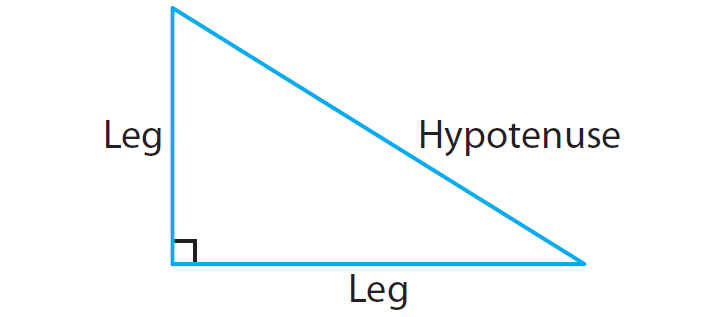
In a right triangle, the sum of the squares of the lengths of the legs is equal to the square of the length of the hypotenuse.
If a and b are legs and c is the hypotenuse, then
a2 + b2 = a2
Pythagorean Theorem in the Coordinate Plane
Example 1 :
The figure shows a right triangle. Find the approximate length of the hypotenuse to the nearest tenth. Check your answer for reasonableness.
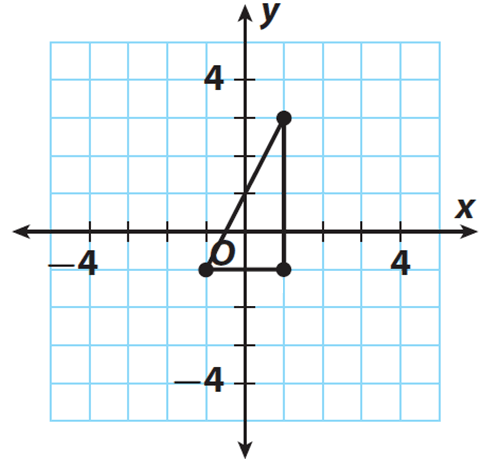
Solution :
Step 1 :
Find the length of each leg.
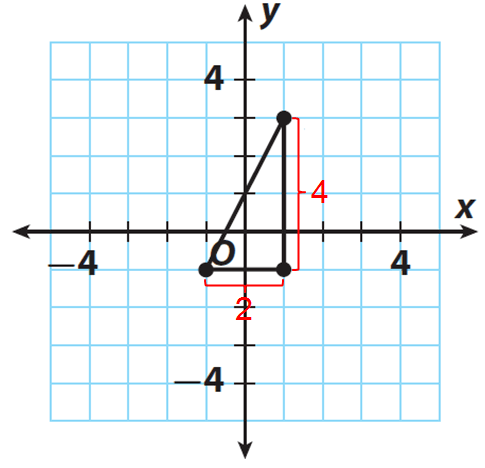
The length of the vertical leg is 4 units.
The length of the horizontal leg is 2 units.
Step 2 :
Let a = 4 and b = 2 and c represent the length of the hypotenuse.
Because a and b are legs and c is hypotenuse, by Pythagorean Theorem, we have
a2 + b2 = c2
Step 3 :
Substitute a = 4 and b = 2 in (a2 + b2 = c2) to solve for c.
42 + 22 = c2
Simplify.
16 + 4 = c2
20 = c2
Take the square root of both sides.
√20 = √c2
√20 = c
Step 4 :
Find the value of √20 using calculator and round to the nearest tenth
4.5 ≈ c
Step 5 :
Check for reasonableness by finding perfect squares close to 20.
√20 is between √16 and √25, so 4 < √20 < 5.
Since 4.5 is between 4 and 5, the answer is reasonable.
The hypotenuse is about 4.5 units long.
Example 2 :
The figure shows a right triangle. Find the approximate length of the hypotenuse to the nearest tenth. Check your answer for reasonableness.
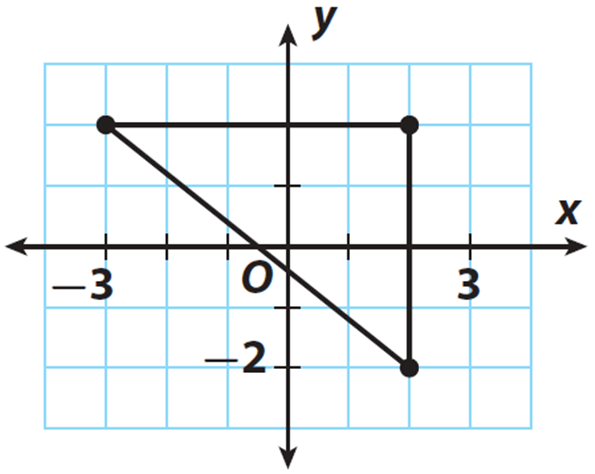
Solution :
Step 1 :
Find the length of each leg.
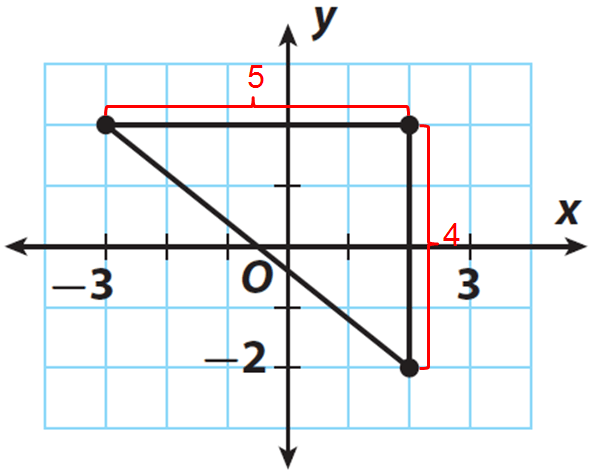
The length of the vertical leg is 4 units.
The length of the horizontal leg is 5 units.
Step 2 :
Let a = 4 and b = 5 and c represent the length of the hypotenuse.
Because a and b are legs and c is hypotenuse, by Pythagorean Theorem, we have
a2 + b2 = c2
Step 3 :
Substitute a = 4 and b = 5 in (a2 + b2 = c2) to solve for c.
42 + 52 = c2
Simplify.
16 + 25 = c2
41 = c2
Take the square root of both sides.
√41 = √c2
√41 = c
Step 4 :
Find the value of √41 using calculator and round to the nearest tenth
6.4 ≈ c
Step 5 :
Check for reasonableness by finding perfect squares close to 41.
√41 is between √36 and √49, so 6 < √41 < 7.
Since 6.4 is between 6 and 7, the answer is reasonable.
The hypotenuse is about 6.4 units long.
Subscribe to our ▶️ YouTube channel 🔴 for the latest videos, updates, and tips.
Kindly mail your feedback to v4formath@gmail.com
We always appreciate your feedback.
About Us | Contact Us | Privacy Policy
©All rights reserved. onlinemath4all.com

Recent Articles
-
10 Hard SAT Math Questions (Part - 43)
Jan 04, 26 01:38 AM
10 Hard SAT Math Questions (Part - 43) -
90 Degree Clockwise Rotation
Jan 01, 26 06:58 AM
90 Degree Clockwise Rotation - Rule - Examples with step by step explanation -
US Common Core K-12 Curriculum Algebra Solving Systems of Equations
Jan 01, 26 04:51 AM
US Common Core K-12 Curriculum - Algebra : Solving Systems of Linear Equations
